Myth-busting Lake Baikal: It’s not too far, expensive or complicated to do on your own
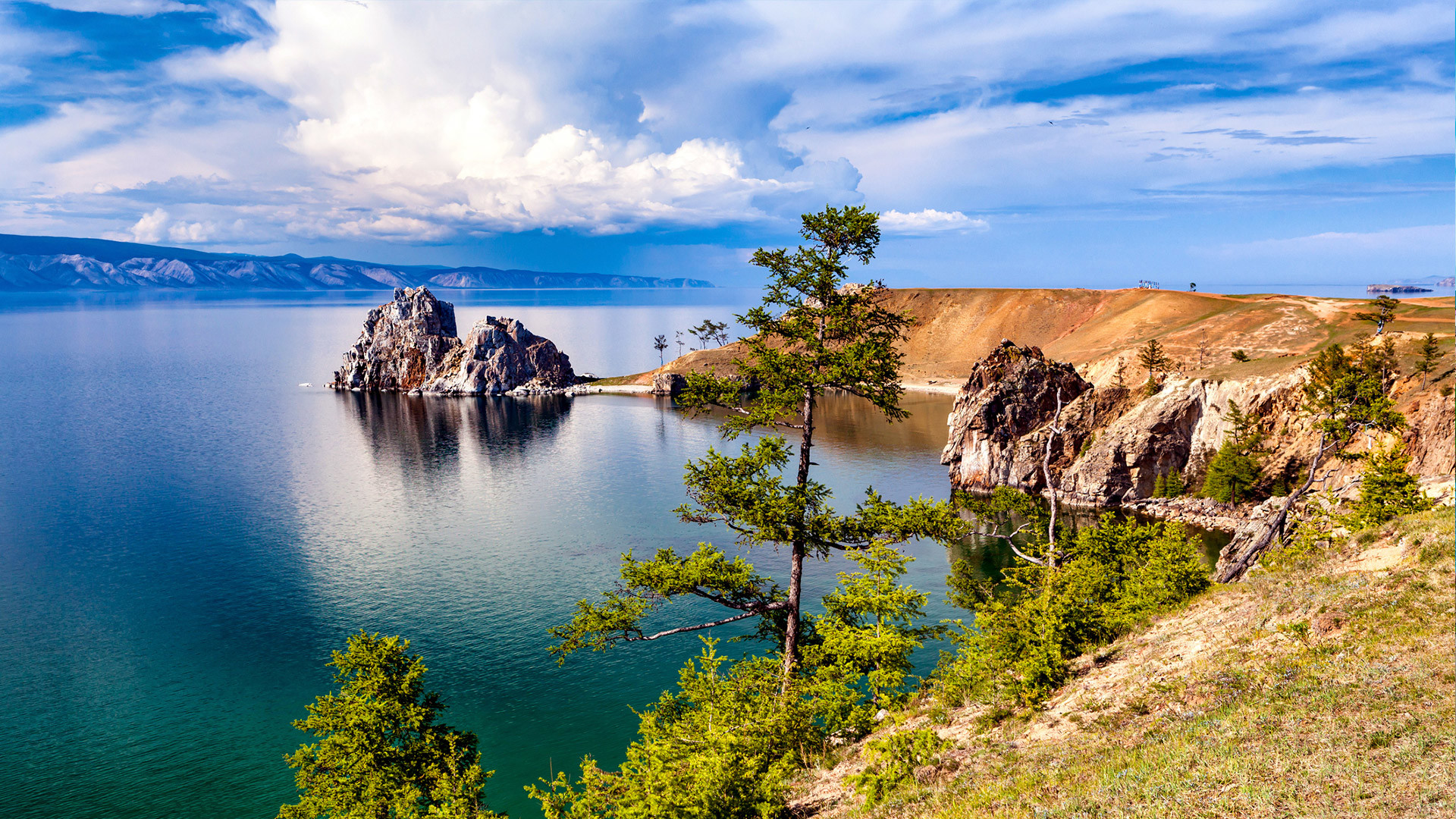
When thinking about Russia’s main natural wonders, Lake Baikal is probably one of the first places that will come to mind. And there’s an endless amount of good reasons for this. Apart from being the world’s deepest and most ancient lake, it’s also widely considered to be “a place of power”: for the indigenous Buryat people it is a sacred place of pilgrimage; they connect their origins directly with Baikal and trace their lineage to natural forefathers – the animals and trees of the lake. Visitors also often say that there’s a very special feeling that they feel, a feeling they have not felt anywhere else.
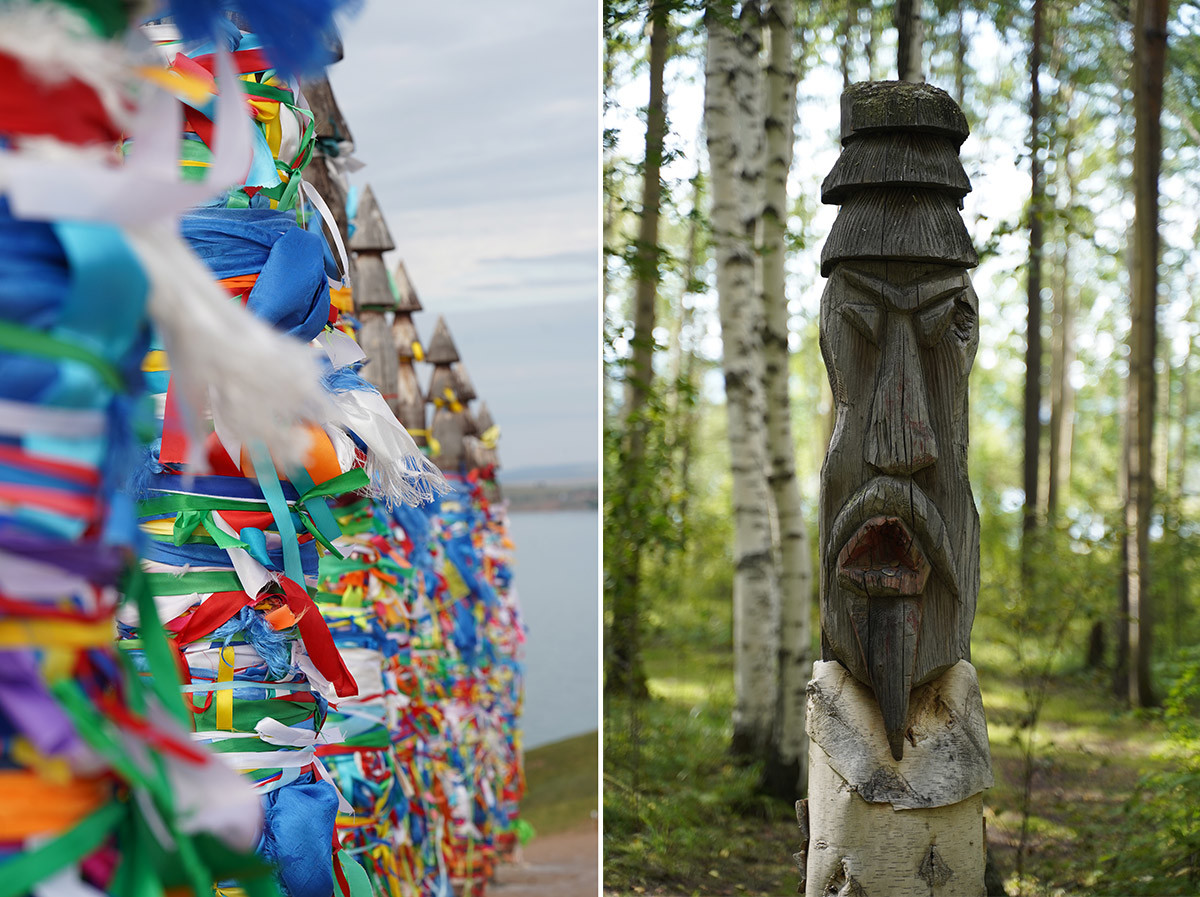
Every corner of the lake hides an ancient legend or a place of incredible beauty. A lifetime may not be enough to discover it all. But the adventure must start at some point. The fact that Lake Baikal is perceived - both by Russians and foreign tourists - as being inaccessible, expensive and difficult to organize means that it remains an unattainable dream for many. This is, however, simply not true, so let’s debunk the myth that Lake Baikal is out of reach for most people.
(Note: this guide deals predominantly with visiting Lake Baikal in the summer; some of this information will be moot during the winter season. Fear not, we’ve got a detailed winter guide, too.)
Price
(At the time of writing the Russian ruble rate was bouncing around quite a bit, so make sure to double check the conversion rate at the time of reading.)
A return Moscow-Irkutsk flight that I booked just a week before the trip cost me roughly 18,000 rubles ($235). So if you book even more in advance, you can get flights anywhere between 10,000-15,000 rubles ($133-$200). This was with a low cost airline; if you try booking on Aeroflot it will cost you quite a bit more.
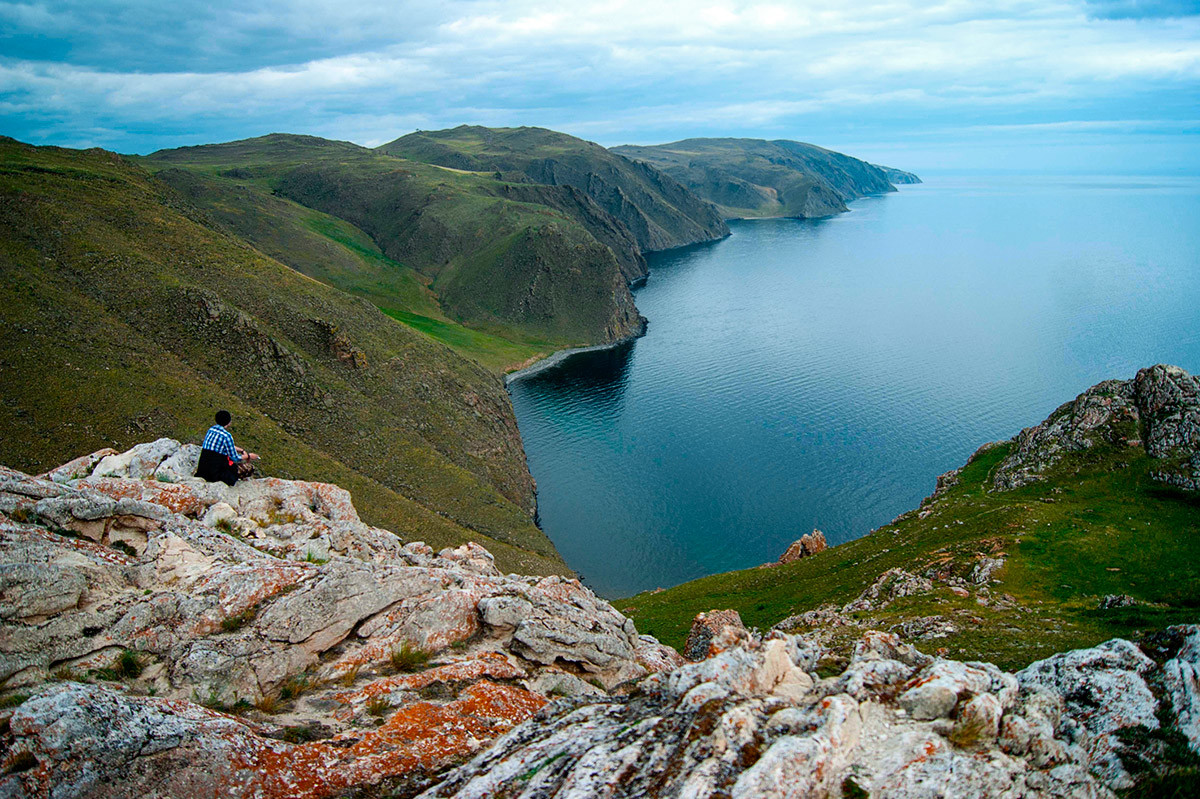
Accommodation, like everywhere, will come in a range of forms, sizes and prices. A basic double room that has a shared shower in a guesthouse in Irkutsk and in the more popular settlements of Baikal costs around 1,500 rubles ($20) per night. If you feel like splurging, there are hotels that will cost 4,000 rubles ($53) and higher.
Getting around is also inexpensive. If you’re planning to be car-free, getting from Irkutsk to Listvyanka on a ‘marshrutka’ bus was about 100-150 rubles ($1.30-$2) A cab ordered on the YandexTaxi app (very important to order via an app in order not to get ripped off!) was about 1,000 rubles ($13) A shuttle to Olkhon Island ranges from 700 to 1,000 rubles. ($9-$13), depending on the operator.
Renting a car makes getting around pretty easy but it’s not as cheap as in some places in Europe. For five full days we paid 23,700 rubles ($316), but we opted for one of the large international rental companies to avoid any problems and surprises. Local companies might have cheaper rates, it’s all a matter of how much you want to risk getting dodgy customer service and/or vehicle. If you’re planning to drive to Olkhon, go for something sturdier (a four-wheel drive, if possible), because the roads are gravel on the island.
By Moscow standards, food and entertainment are also pretty cheap. You can easily get lunch/dinner for 200-400 rubles ($2.50-$5) in a simple eatery, while the bill at a more “restaurant” type place can average at about 500-700 rubles ($6.50-$9.50) per person. You will inevitably also have to book a few day tours, because some places that are really worth seeing are either hard or impossible to get to on your own. For example, a half-day tour to Ogoy Island from Olkhon is 2,000 rubles ($26) and a full day tour to Peschanaya and Babushka bays from Listvyanka is usually about 5,500-6,000 rubles ($73-$80).
Distance
From Moscow, it will take approximately 6 hours to fly to Irkutsk. So if you’re flying from Europe, you’ll be spending an extra 2-4 hours in the air (depending on where you’re coming from) to get to Moscow for your layover. You can also fly to Ulan-Ude (similar flight time), which is the gateway to Baikal in the Buryat Republic, but this appears to be a less popular route for tourists.
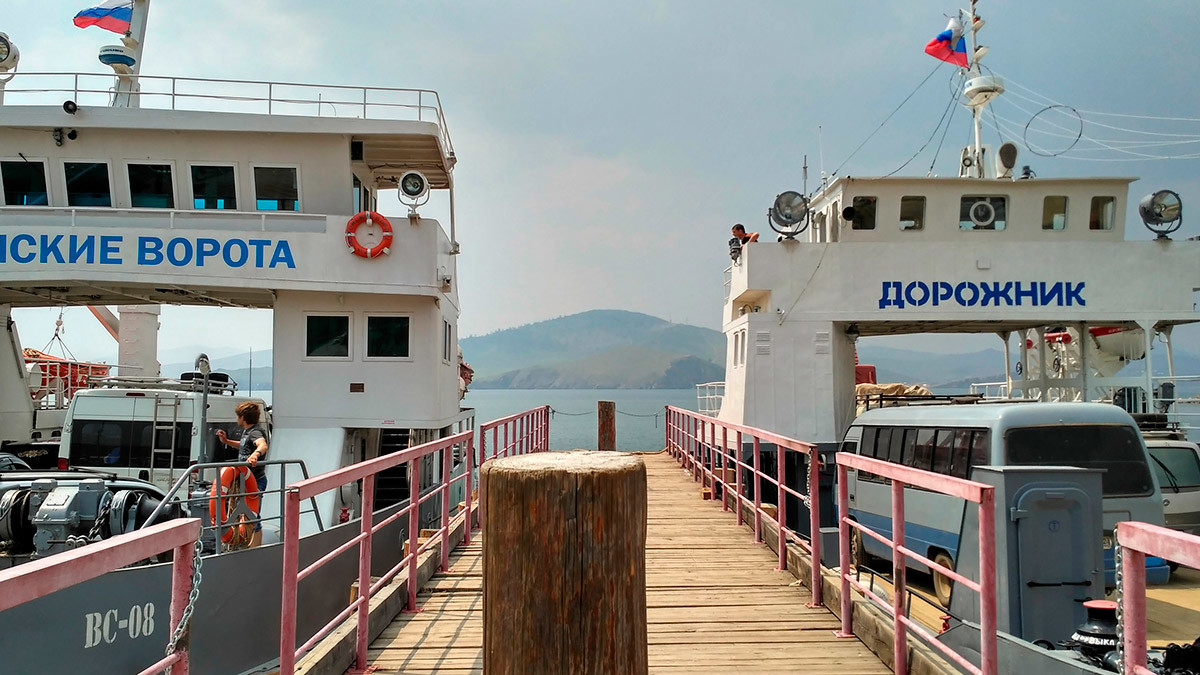
From Irkutsk airport you can get to Listvyanka in an hour (slightly more, if you’re taking the marshrutka). To get to Olkhon, however, be prepared to spend 5 hours or more in the car, because a lot depends on how long you will have to wait to get onto the ferry. There is a timetable and ferries do run on time, but there can often be a lot of cars in line, so even if you arrive for the 9am ferry, for example, be prepared for the possibility that you will only get on the 11am ferry. The time you can range from half an hour to 6 hours, depending on the day of the week and the time of day! Both roads to Listvyanka and Sakhyurta (the settlement where the ferry to Olkhon Island departs from) are in a good state, so don’t worry about wasting time on avoiding potholes.
Itinerary, useful info and fun facts
So, you’ve booked your flights and accommodation – and maybe even rented a car. Here comes the fun part: figuring out your route and what to see at Lake Baikal. If you’ve only got a day or two, stick to Listvyanka, it provides a good introduction to Lake Baikal.
If you’ve got 4-5 days, skip Listvyanka and head straight to Olkhon. That’s how much time my friends and I had to see Baikal. But with no one to advise us, we made the same rookie mistake many first time travellers to Baikal make: we left a bit too much time for Listvyanka and not enough time for Olkhon Island.
Listvyanka is the most popular village in Baikal, because it’s just an hour away from Irkutsk, making it the perfect place to get to see the world’s oldest lake if you’re doing the Trans-Siberian and only have one day. From Listvyanka you can take a few boat trips around the area or along a portion of the old Circum Baikal Railway.
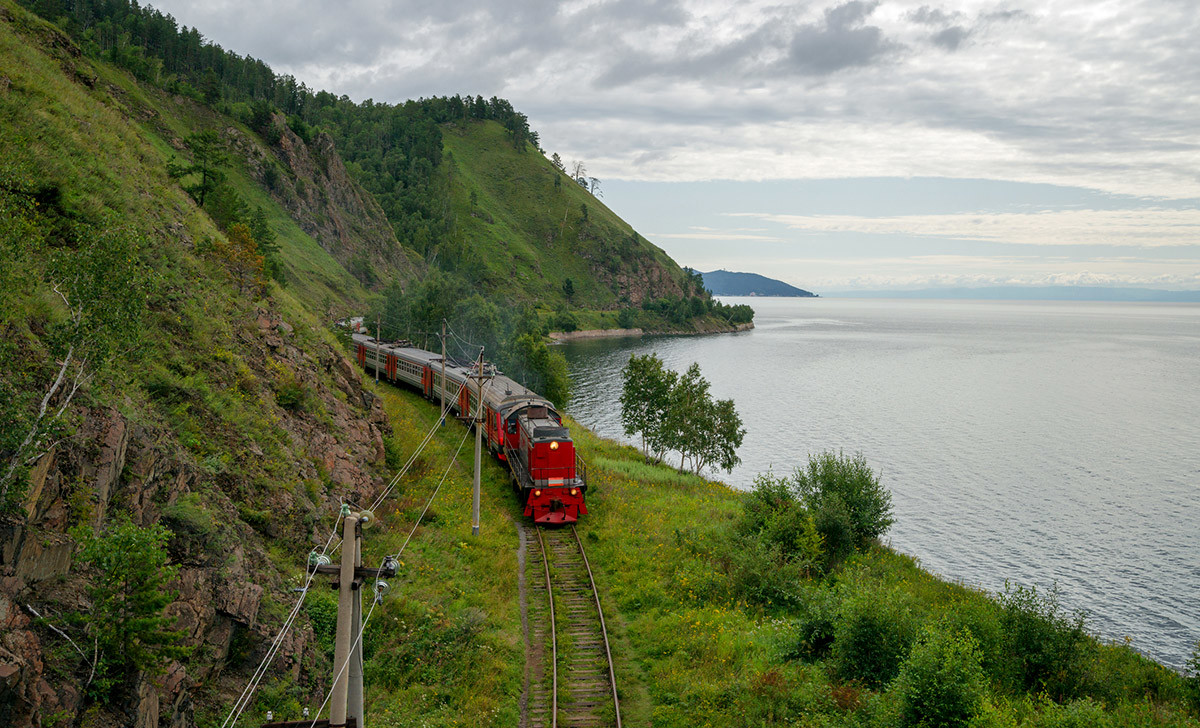
Don’t get me wrong, it’s very pretty in Listvyanka. But if you’ve only got 4-6 days to play around with, probably skip it and head straight for Olkhon Island, Lake Baikal’s top destination that will really help you feel its spirit. It’s a bit further from Irkutsk. The roads are in very good condition and it’s a scenic drive (the landscape is simply stunning – it’s like one long rollercoaster that changes abruptly from Siberian steppe to thick pine forest), but getting the ferry (which is free of charge) to the island can sometimes take ages, so make sure to leave early to avoid wasting a whole day in line.
Of course, if you’ve got more than a week for your dream holiday at Lake Baikal, check out Listvyanka. Or head up to the northern shore of Baikal, which is where the real Baikal begins according to some of the locals we spoke to.
Ok, so you’ve made it there and are feasting your eyes on Lake Baikal. What next? If you’re in Listvyanka in the summer, most of the activities involve going somewhere by boat. If you really do have just one day between trains, take a stroll along the lake, go on a one-hour boat ride ($9-$10) to the mouth of the Angara River and back and maybe even go to one of the floating banyas located right on the lake.
If you’ve got a day or two, make sure to book a boat tour to Peschanaya Bay ($73-$80) and/or along the old Circum Baikal Railway ($44-$50). Both are full day tours and during peak summer tourist periods, it is definitely advisable to book these tours at least a week in advance because, as personal experience has shown, they do fill up fast and the last thing you want to do is find yourself the day before scrambling to find a tour operator in Listvyanka that will take you and your family/friends.
If Baikal is the heart of Siberia, then Olkhon is the heart of Baikal, the locals say. You’ll likely be staying in Khuzhir, the biggest settlement on the island. If you’ve got the necessary wheels, you can do some of the stuff worth doing on your own.
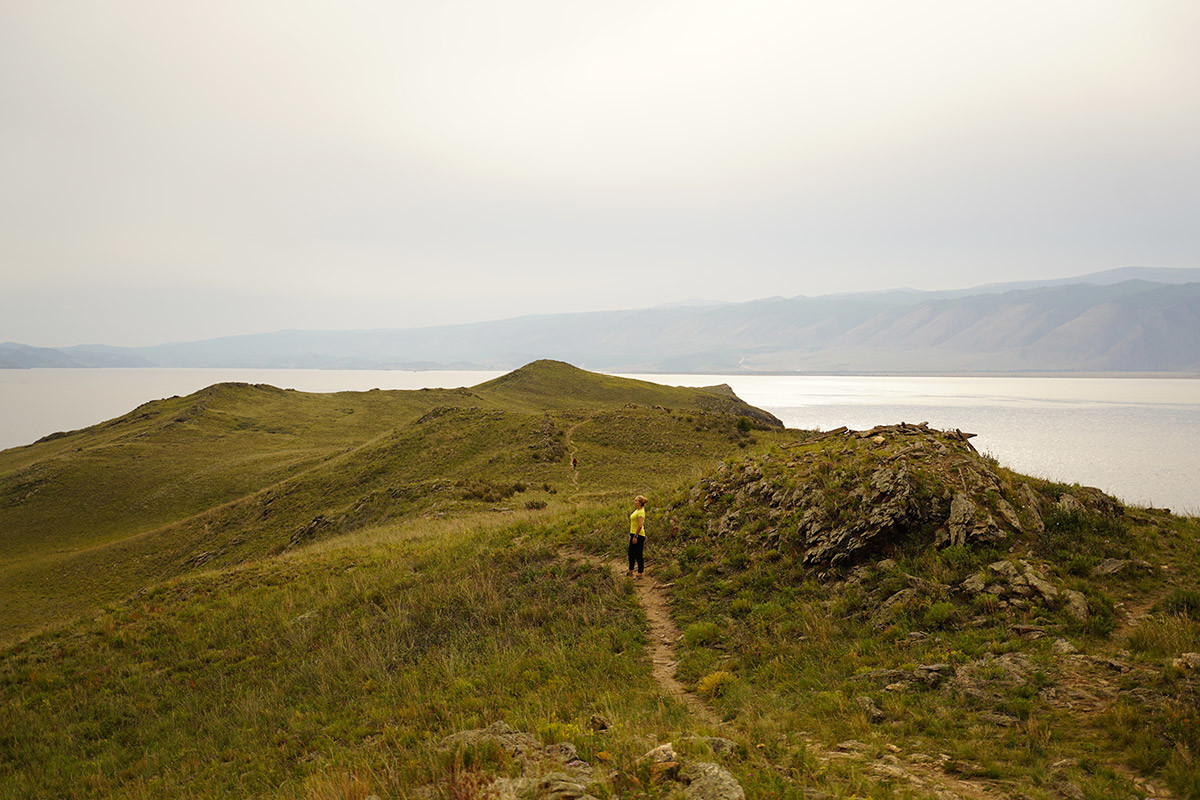
However, a lot of the other sights are accessible mostly by boat. If you’re cashed up or are in a large group and can split the cost, you can rent a private boat (anywhere between $700-$1,200 for 10 or 25 people, respectively) and see those places at your own pace. But since most of us are not, there are plenty of organized tours at very affordable prices (for basic group tours it's anywhere between $12-$76) . A lot of these tours are full day tours simply because of the distance so be prepared for several action-packed days in a row!
On your first day, get to know Olkhon by taking the combined road/water tour: get to Cape Khoboy by boat, then change to a jeep and return back to Khuzhir on land. If you want to see the nerpas (who doesn’t?!), you’ll need to book a boat tour to the Ushkanyi archipelago ($76-$140). No trip to Olkhon is complete without visiting Ogoy Island with its Enlightenment Stupa and almost Icelandic scenery.
Olkhon also has great beaches so make sure to leave a day aside for getting your tan on. Saraisky beach, for example, stretches for 3 long kilometers with fine white sand and is right next to Khuzhir (i.e. a leisurely walking distance). The beaches are pretty “wild”, so bring a little picnic basket of provisions, but always remember to “take nothing but memories, leave nothing but footprints”. Fun fact: You might find yourself sharing the beaches with local cows, who roam freely around the island.
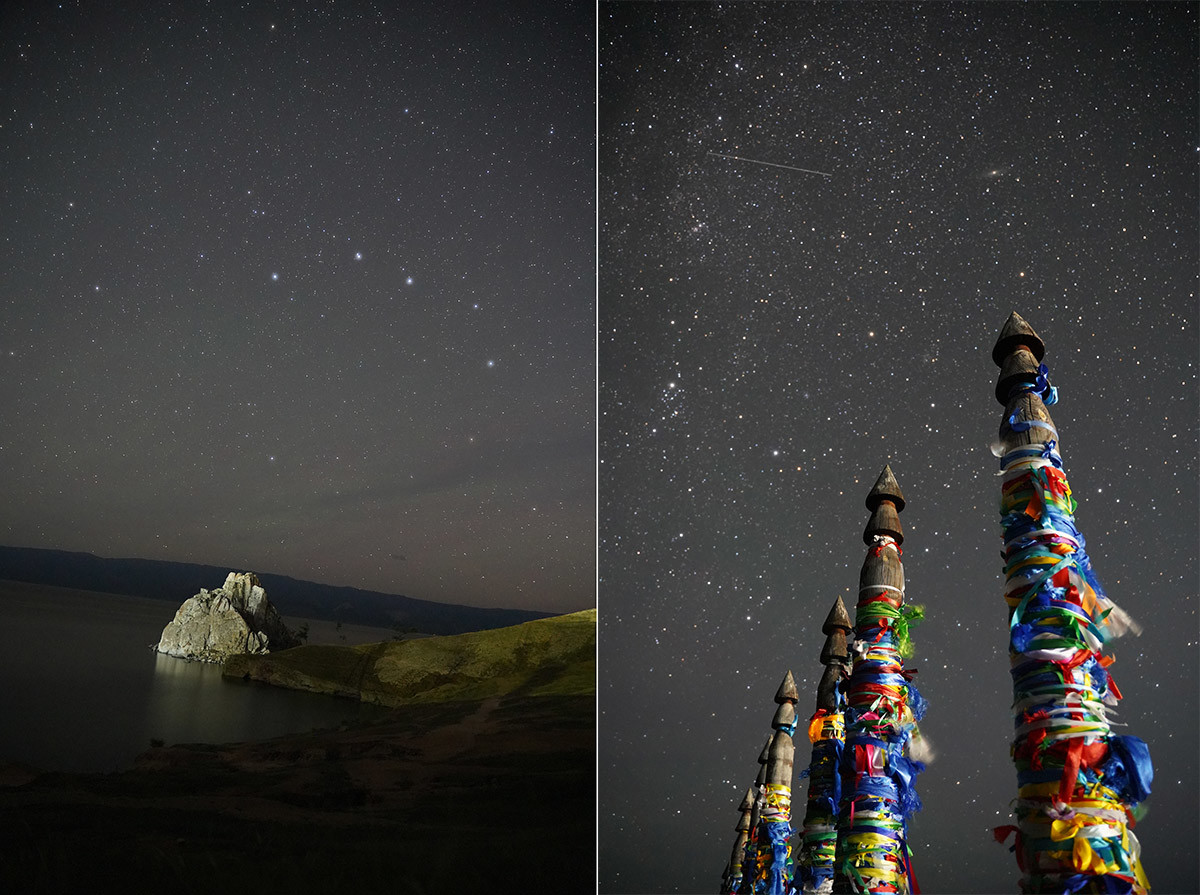
Stand up paddle boarding (SUP) has just landed on Olkhon’s shores and I found it a fantastic way to really admire the lake because I didn’t have my phone and the temptation to take a photo of everything distracting me. Top off the day by chilling and watching the sunset over Shaman Rock at Cape Burkhan (also just a few minutes walk from Khuzhir). And this is just scratching the surface, there are actually tons of other places worth seeing on Olkhon.
Weather and clothes
Although this section is about planning your itinerary, be prepared for it to be a very loose plan. The weather can change quite suddenly and even if it’s clear blue skies and sunshine, the winds out on the water can ruin any boating plans you might have. If the weather goes south all of a sudden, make sure you have a good book with you because there’s not much else to do if you can’t enjoy the great outdoors.
Just like a good Russian babushka, we’re not going to let you go to Baikal without knowing what sort of clothes to bring! In the summer, the evenings tend to be pretty warm by Siberian standards, so, in terms of outerwear, if you bring a sweatshirt, light autumn/spring coat and a raincoat you’ll be fine.
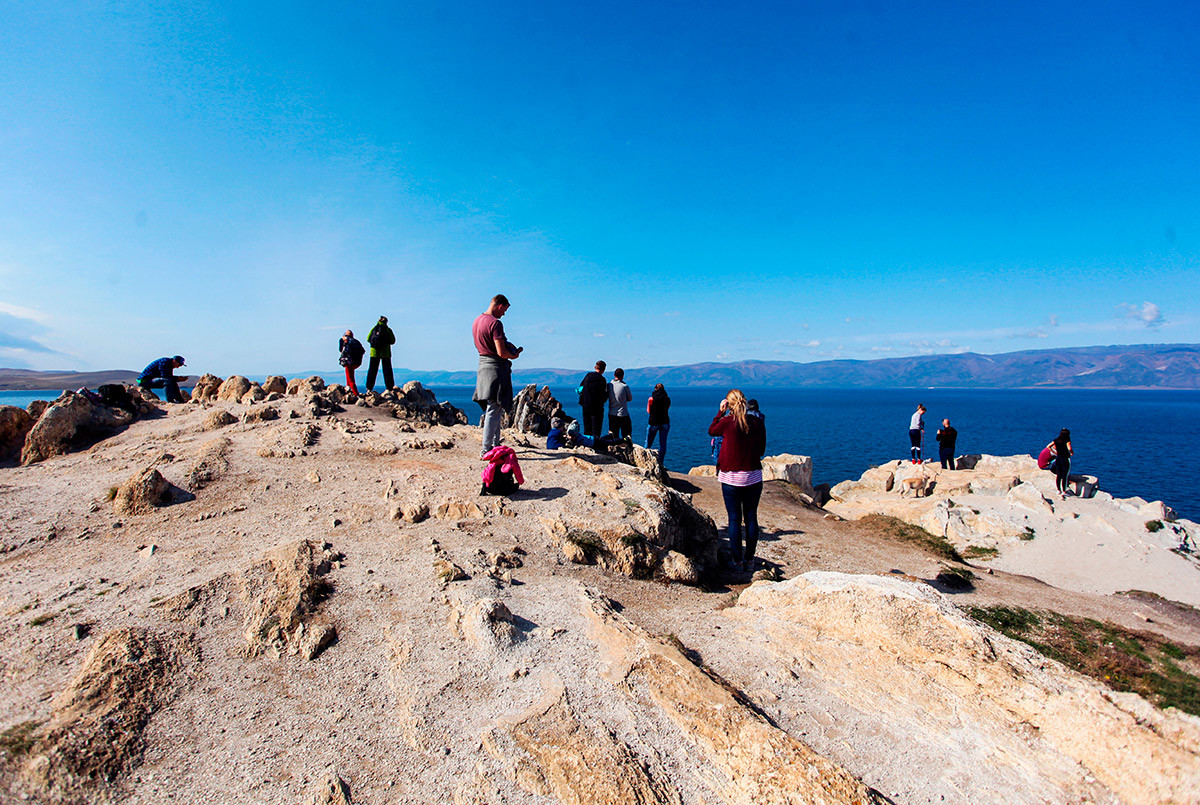
Comfortable walking/trekking shoes will certainly come in handy, while your favorite heels/dress shoes will not. If the forecast says +20°C (+68°F) and sunny, be prepared for a real feel of at least +30°C (+86°F), because the Baikal summer sun is STRONG. So do bring beachwear and plenty of sun block!
Miscellaneous
Let’s talk a bit about money. In most places, cash is still king, so make sure to have enough hard currency on you before leaving Irkutsk, as cash points are a pretty infrequent sight. Some of the places that do say they take cards mean that you can transfer money to their (usually) Sberbank bank account. This is a super natural process for Russians who often even transfer as little as 20 rubles ($0.25) to use a public toilet, but if you’re a foreigner without a Sberbank account, this won’t be as seamless.
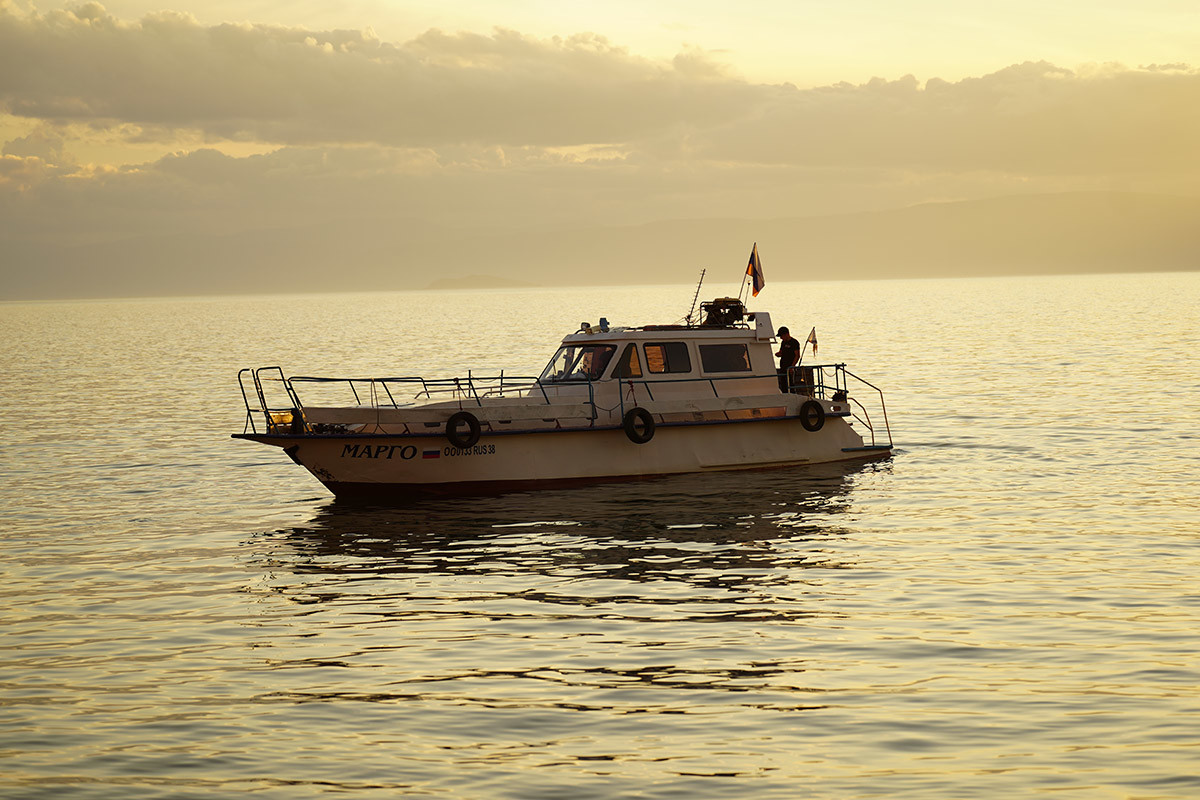
A pro tip for vegetarians and vegans: bring some durable food with you just in case because the cuisine here is very meat heavy and Siberia in general is not the best place to find fresh fruits and veggies. Even if you’re willing to have a few pescetarian cheat days, you’d be surprised that fish is not so easy to come by (maybe the nerpas ate them all…). Be prepared to survive on dishes like draniki and oily Russian salads. Basically loads of carbs, little fiber.
Though there is still plenty more to write about, these are probably the essential things you should keep in mind. Also, we thought we’d leave a bit of room for you to create your own Baikal adventure!
If using any of Russia Beyond's content, partly or in full, always provide an active hyperlink to the original material.
Subscribe
to our newsletter!
Get the week's best stories straight to your inbox